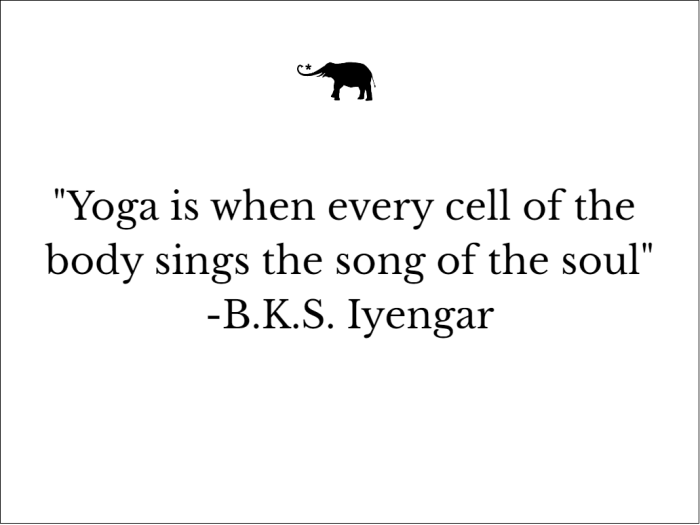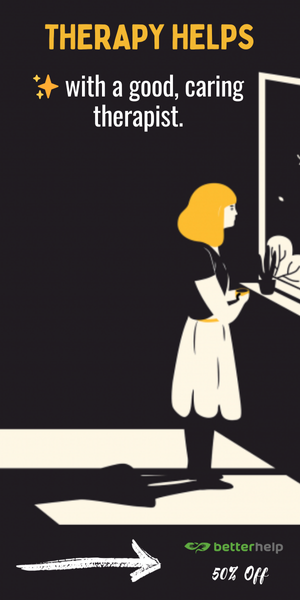Ask any fitness trainer, pilates and yoga instructor or professional athlete and chances are they will all agree on this: Core strength and stability is key to controlling movement and performing physical activities effectively. Unfortunately, the way we train our core muscles is similar to the way we live our lives: anxious, disconnected, consuming.
So what is the core really? How can we effectively train it and what are the most common mistakes in attempting that?
The core is an intelligent powerhouse. It houses our center of gravity, our second brain (the enteric nervous system), the chakra or meridian of the solar plexus. It is arguably the greatest source of psychosomatic energy and emotional circulation. Centuries of internal practices have pointed out the importance of moving and living in connection with our deep core; our body’s wisdom and intuition.
We didn’t get the memo. Modern fitness culture approaches core strength and stability with aggression and inconsideration. “Brace the core”, “pull your navel to the spine”, “squeeze your bellybutton” are among the instructions commonly given. Driven by miseducation and societal stereotypes of ripped abs and flat bellies, these instructions add an extra layer of guttural tension to generations of humans already harmed by it.
Plagued by digestive, hormonal and neurological dysregulation caused by modern life (all of which relate to the gut), people rush to all sorts of physical activities to be told that their sensitive core needs to become even harder. Crunches, planks, leg raises, sucking the tummy in to look better in that dress, all these contribute to our complete disconnection from our body’s natural receptivity and emotional freedom. The image of the rock-hard abdomen that we strive for is slowly suffocating our capacity for relaxation, fluidity and moving from the core.
To move from the core we need to experience our body-mind holistically, with the abdomen directing our movement as an outward expression of energy and all the other body parts co-operating in full harmony.
It’s like driving a car; to do it efficiently we need to learn to hold the vehicle on the road using the engine and the gearbox. If we unnecessarily speed up and then break hard the last second we are wasting fuel and inviting accidents to happen by relying on our brakes too much. In a human body this could look like overtraining one day and being exhausted the next one. Or moving into a posture that we can’t support and then hanging on to our joints and ligaments. Or lifting weights while watching TV, dissociating from the activity and just stuffing it into our body to “get our workout in”
A good example of core awareness can be seen in high level yogis, athletes, dancers etc. where movements are fluid and effortless, guided by the controlled trance-like state of mind which is meditation. This is known as “being in the zone”. To get to that advanced -and yet so natural- state we need to do some unlearning first. To get rid of deeply rooted patterns of psychosomatic behavior is not always an easy task. But gradually we can learn to replace them with new ones, bringing us closer to being in tune with our “gut-feeling”.
Here are a few things to start practicing:
- Normalize the gut. Get used to your belly being round, protruding or simply relaxed. Notice how this feels more natural and calming. Start monitoring when and why you tighten it and then counter it by relaxing both belly and pelvic floor if appropriate
- Practice deep abdominal breathing. This doesn’t mean sucking more air in. It means directing the inhalation deep as you can as if you were pushing it against your pelvic floor, always subject to not feeling discomfort or stress. This will slowly improve your breathing patterns and free up your diaphragm, contributing to overall relaxation.
- Initiate movement from the navel – spine. Make the navel move first towards where you want to go (reaching up, side-bending, twisting etc). This will make your spine learn how to move autonomously and will wake up your core – both on a physical and energetic level.
- Learn to move and live in an energy-efficient manner. Are you tensing more than you need in your everyday activities? Are you consumed by over-thinking? Over-breathing? Perhaps you could quiet your breath a bit when walking your dog or relax your shoulders when doing the dishes.
These are just some examples of how we can establish a relationship to our our core as a source of mechanical, energetic and emotional power. This is a journey, not a destination. And like every journey, the path is often unpredictable and challenging.
We can’t control everything and we can’t avoid stress. It’s part of life. We can’t expect to be fully relaxed and at ease in a world that constantly throws obstacles our way. In that sense we don’t need to limit our exercise to always being soft and easy. There’s nothing inherently wrong with strength training, planks, lifting weights etc. These methods have in fact proven benefits, such as building resilience.
It all comes down to mindfully using our tools and knowledge to help us be healthy and content, to have energy to pursue our goals and share love with those around us. That is the real core of our existence, the core we need to tap into.


 Share on bsky
Share on bsky





Read 0 comments and reply